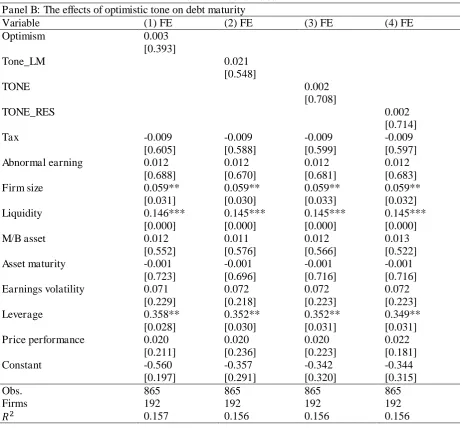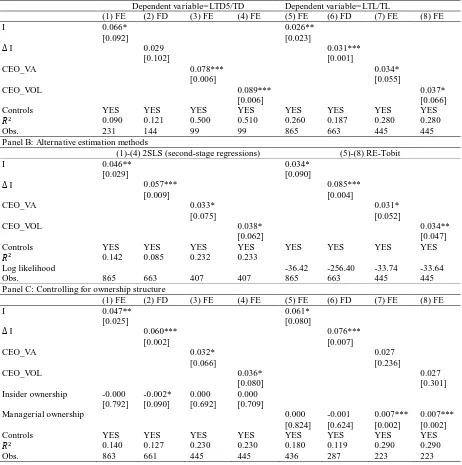Time-varying managerial overconfidence and corporate debt maturity structure
Full text
Figure




Outline
Related documents
interventions on rural women‘s arts and crafts development for cultural tourism in th e Niger Delta region is gradually having a significant impact; however, the impact is
The problem of protein superfamily classification can be mapped as a pattern classification problem. The long strings of amino acid sequence represent a pattern from which many
As the basic compositions of life, proteins play a central role in most cellular functions such as gene regulation, metabolism and cell proliferation. In order to interpret the
In this paper it is shown that by including prior information about the grouping of variables in the covariance structure into the model one can improve both the data visualisation
technology product design past papers a level everyday practical electronics may 2009 basic electronics for engineers and scientists simple projects related to electronics
If both CDS and cash bonds price default risk equally then, subject to the arbitrage imperfections noted above, the spread on the risky bond over a risk-free reference rate
Unlike many existing session based meth- ods, our PCC employs matrix factorisation, a completely separate traditional RS to model the user’s general preference, rather than using
More specifically, we use a 3-step analysis where we employ (i) SURADF panel integration analysis, which seems to be the first empirical application in the context of



